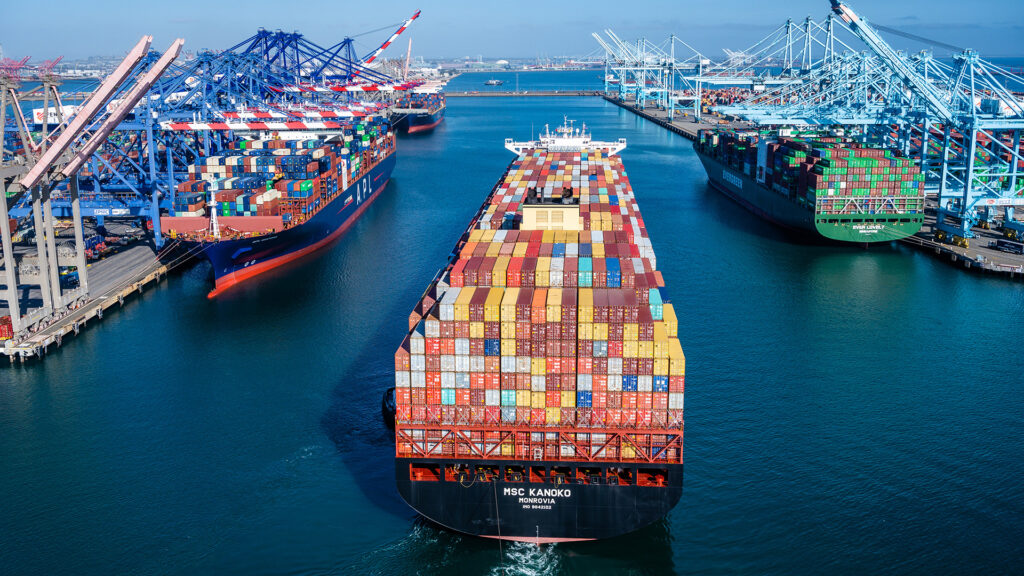Now Reading: From Crisis to Comeback: The Aral Sea’s Recovery
-
01
From Crisis to Comeback: The Aral Sea’s Recovery
From Crisis to Comeback: The Aral Sea’s Recovery

Once one of the largest lakes globally, the Aral Sea saw a drastic decline due to human activities over a few decades. This led to adverse effects like drought, soil salinization, and severe sandstorms in Uzbekistan and Kazakhstan. Fortunately, recent years have brought a renewed chance for the Aral Sea, thanks to international cooperation efforts. The use of large-scale water redirection, resilient vegetation, and the implementation of a dam are driving the ongoing recovery of the Aral Sea.
Historically, the Aral Sea ranked as the fourth-largest lake on Earth until the mid-20th century, covering 68,000 square kilometers, approximately the size of Ireland. However, the redirection of the Amu Darya and Syr Darya rivers by the Soviet Union for agricultural purposes in the 1960s led to a rapid shrinkage of the Aral Sea. By the 1970s, a significant loss of water had already occurred, leaving only 10% of its original surface area. The resulting Aralkum Desert expanded to 62,000 square kilometers, bringing extreme heat, salty soil, and dangerous sandstorms to the region.
The environmental devastation triggered a chain reaction, leading to saltier water, the loss of aquatic and plant life, and extreme weather conditions. As the Aral Sea dried up, summers became scorching, winters harsh, and salt and sandstorms spread toxic dust across vast distances, affecting human health and ecosystems. International efforts, such as those by the International Fund for Saving the Aral Sea and the Interstate Commission for Water Coordination in Central Asia, have been crucial in managing water resources and fostering the ongoing recovery of the Aral Sea.
Initiatives like the planting of saxaul shrubs to combat desertification and the construction of the Kok-Aral Dam have been instrumental in restoring the Aral Sea ecosystem. The dam, completed in 2005 with support from the World Bank, has significantly increased water levels, leading to the recovery of fish populations and economic benefits for local communities. The revival of fish catches and increased investment in the region serve as promising signs of the Aral Sea’s recovery and the hope it brings for the future.






